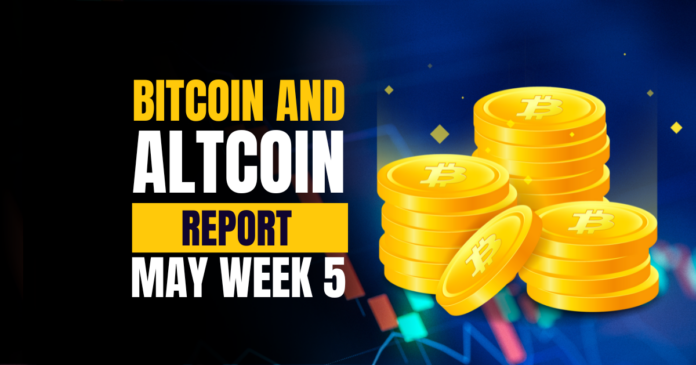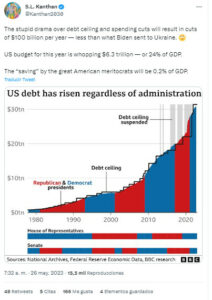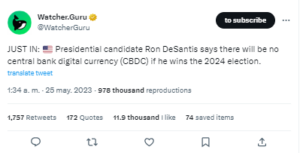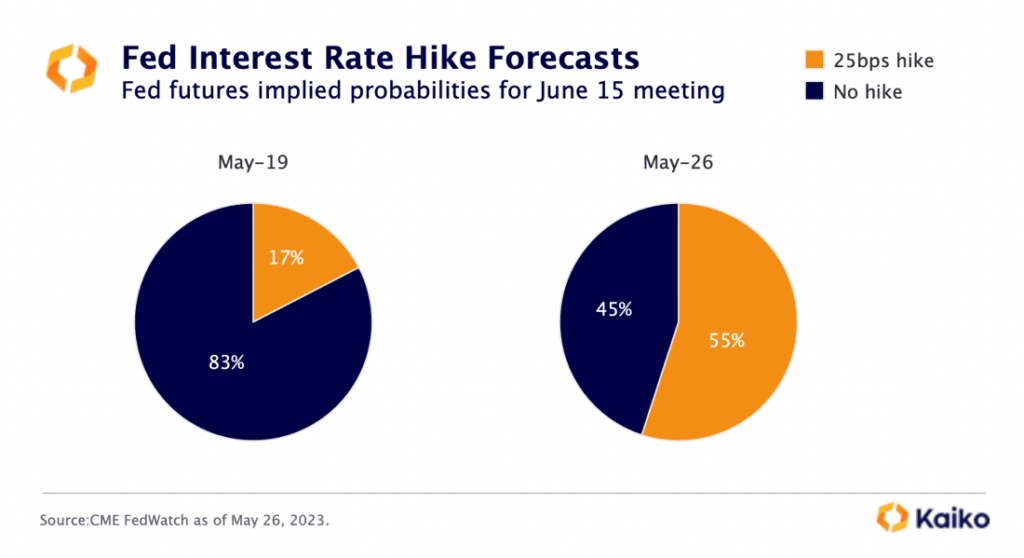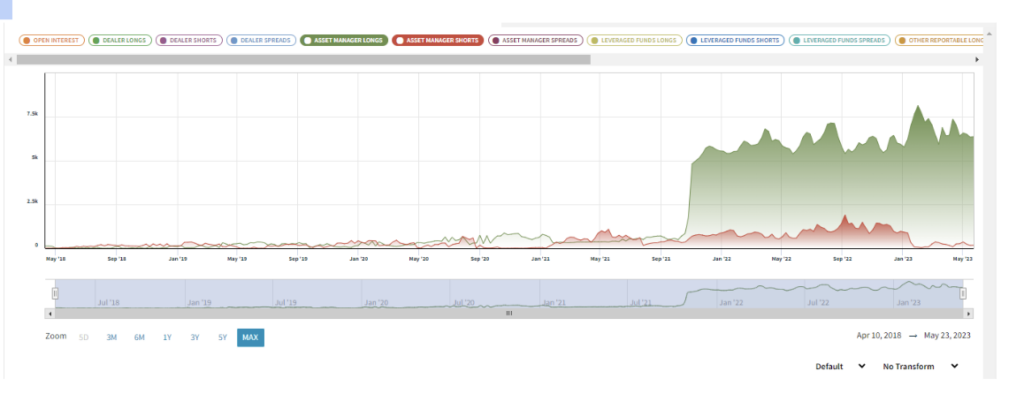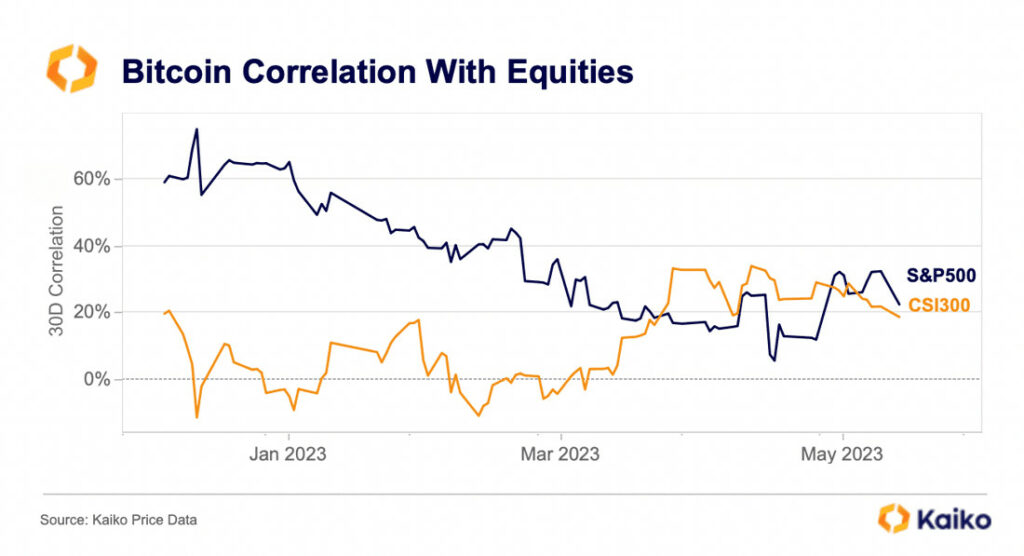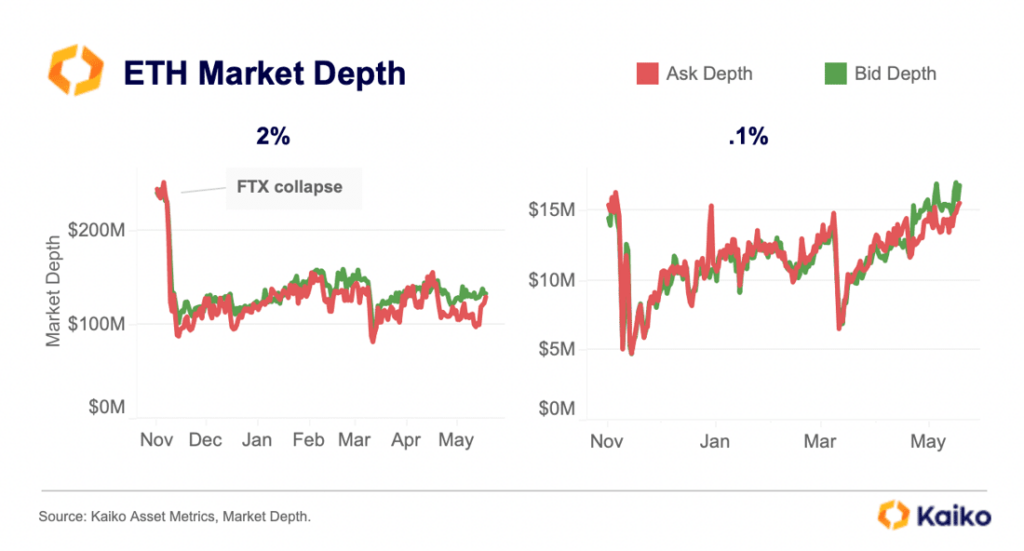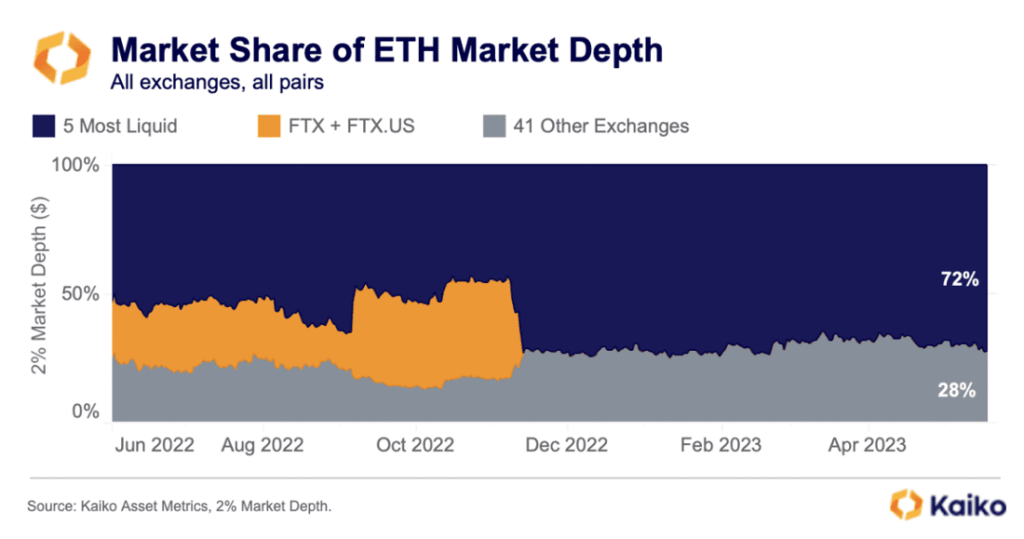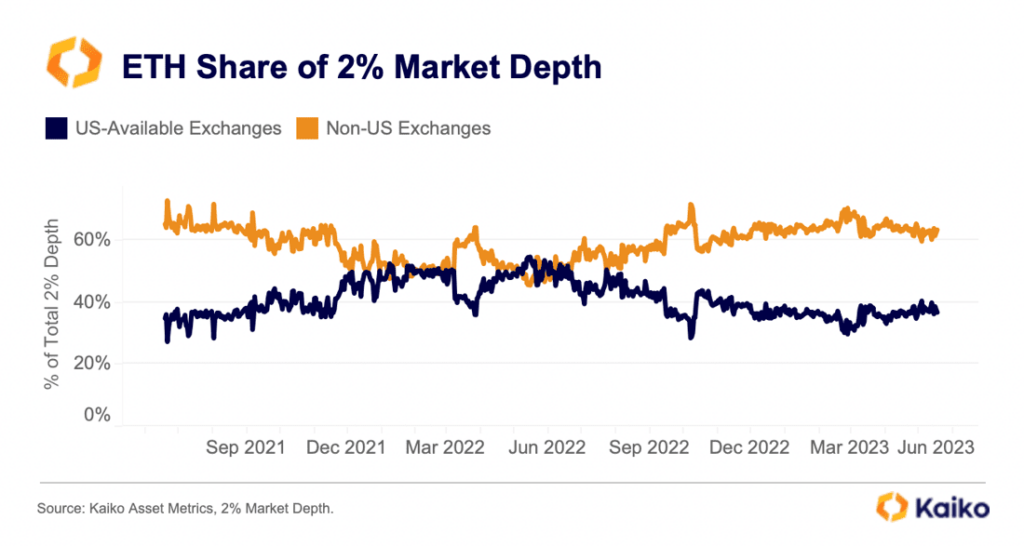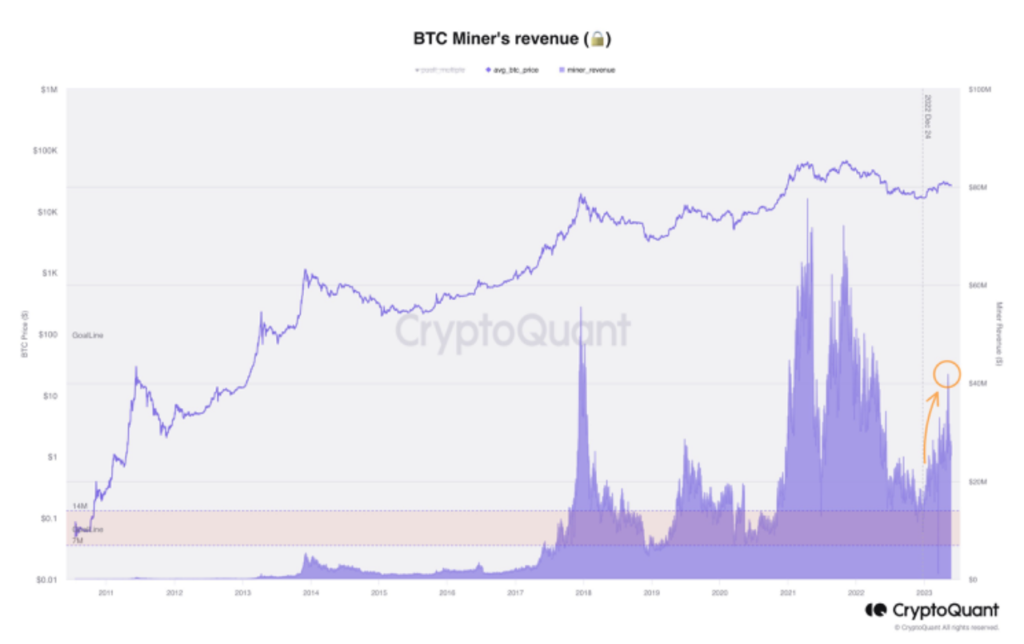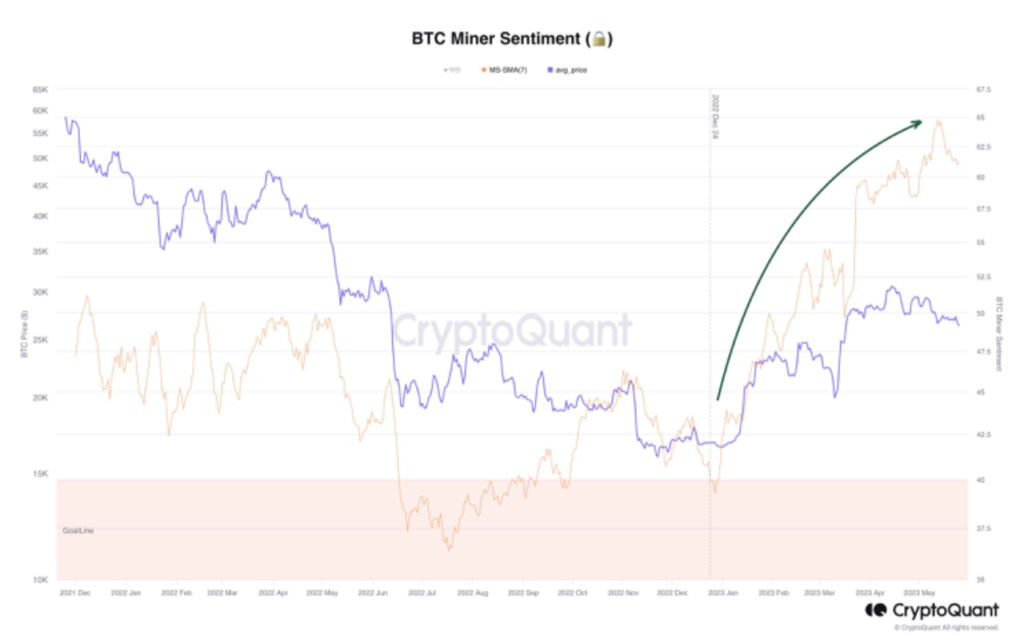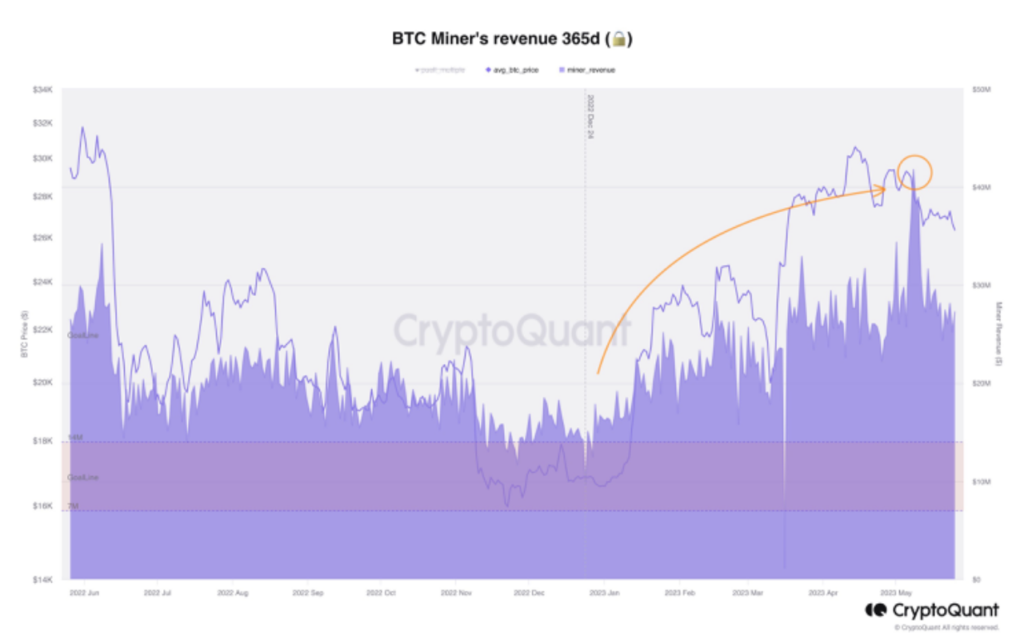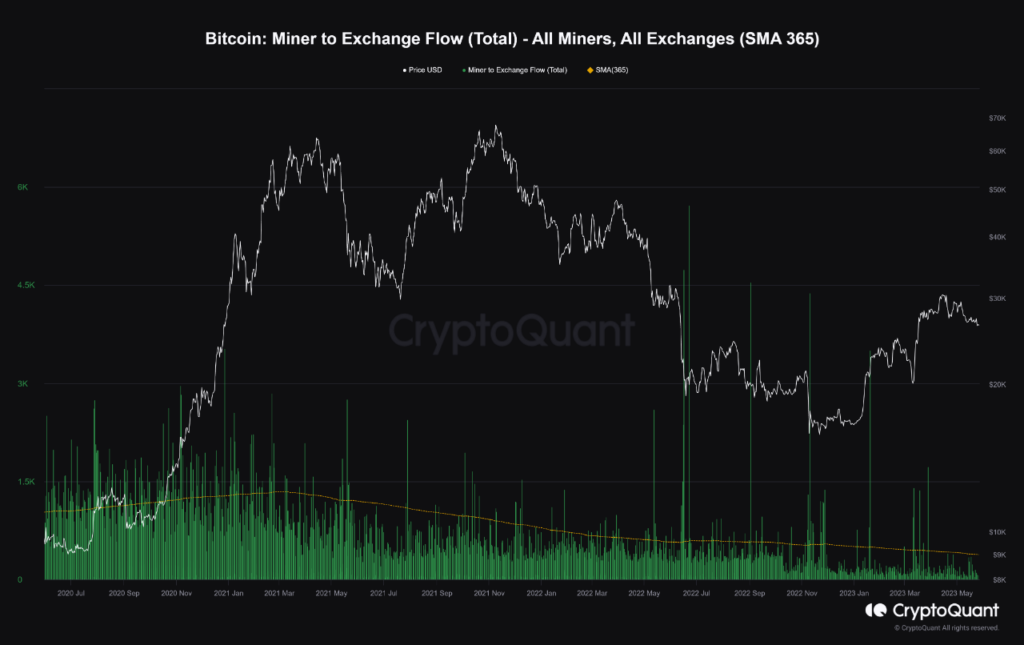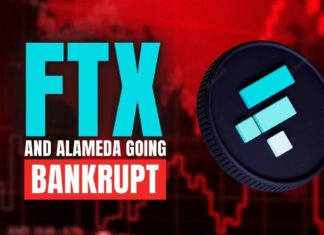As May draws close, the macroeconomic landscape becomes the center of attention, with the United States debt ceiling deal already causing significant ripples.
The anticipation of an imminent agreement to raise the debt ceiling and avert a potential U.S. government default brings a glimmer of hope for risk assets like Bitcoin across the board. Amidst this backdrop, let’s see what’s happening in the crypto market this week.
1) What is Happening in the Macro Scene?
Uncertainty looms as storm clouds gather on the horizon, accompanied by many pessimistic predictions. Interest rates have surged to unprecedented levels in decades, several banks have faced collapse, and the debate surrounding the debt ceiling remains unresolved.
The question arises: are we heading towards a meltdown reminiscent of the 2008 financial crisis? During that time, the term “credit crunch” became part of everyday vocabulary, and there are indications that it may, unfortunately, stage a disheartening comeback.
But what exactly is a credit crunch, and could it evolve into its more severe counterpart, a credit crisis?
Source: Twitter
A credit crunch denotes an economic situation where obtaining investment capital becomes arduous. Traditional financial institutions, including banks, have become cautious about lending funds to individuals and businesses due to concerns over potential defaults. Consequently, interest rates rise to compensate lenders for assuming a higher risk.
The repercussions of a credit crunch permeate the entire economy, leading to a decline in homeownership rates and forcing businesses to curtail their activities due to a scarcity of capital.
Typically, a credit crunch results in a protracted recession or a slower recovery due to the credit supply contraction. The future of events remains uncertain, and we can only patiently await it’s unfolding.
2) Hong Kong’s Crypto Trading Legalization
Meanwhile, Hong Kong is preparing to legalize cryptocurrency trading for retail investors on June 1st. Many expect that there will be substantial inflows into cryptocurrencies favored by East Asian investors, leading some cryptocurrencies to experience surges in anticipation. However, there is a hurdle to overcome—Hong Kong authorities have yet to approve any cryptocurrency trading platforms, potentially delaying immediate access for retail investors.
There is an important caveat: retail investors will only be allowed to invest in cryptocurrencies with significant market capitalization, specifically those listed on at least two established exchanges (i.e., cryptos with at least two ETFs).
Source: Twitter
Although Hong Kong authorities have not specified which cryptocurrencies will qualify, various lists have been circulating, suggesting that $BTC, $ETH, $LTC, $DOT, $BCH, $SOL, $ADA, $AVAX, $MATIC, and $LINK likely meet the criteria.
3) Debt Ceiling Dilemma and Market Impact
Another significant event expected to occur on June 1st is either a technical debt default by the United States or an increase in the debt ceiling by U.S. politicians. Treasury Secretary Janet Yellen has repeatedly emphasized the June 1st deadline recently.
However, she announced a new deadline of June 5th late last week. As of yesterday, top U.S. politicians reached a tentative agreement to raise the debt ceiling, although it still awaits voting in the coming days. Whether the vote will pass or not remains unclear.
Moreover, the impact of raising the debt ceiling on the markets is also uncertain. While its increase seems to have triggered a rally, it may also deplete market liquidity. Additionally, there could be unforeseen geopolitical events on the horizon.
Source: Twitter
Escalation in the ongoing conflict in Ukraine and speculation about President Biden signing an executive order restricting investment in specific Chinese industries, notably AI, add to the list of potential black swans.
Undeniably, we live in unparalleled times, and this volatility may persist until the end of the decade, if not longer. However, if navigated wisely, these crises could present extraordinary opportunities.
4) US and Future of Crypto
According to data from the Federal Reserve, approximately 1 in 10 Americans are cryptocurrency users. The “Economic Well-Being of U.S. Households in 2022” report reveals that crypto holders are more likely to be adults with incomes of $100,000 or more who view crypto as an investment. On the other hand, Americans with incomes below $25,000 are more likely to use cryptocurrencies for financial transactions, especially among the unbanked population.
5) Presidential Election and Crypto Landscape
With slightly over a year remaining until the 2024 presidential elections, numerous politicians from both major parties have announced their candidacies. Currently, ten notable politicians have declared their intentions, with three Democrats and seven Republicans among them. Notably, President Biden and former President Trump have also expressed their candidacies.
Although many expect the election to revolve around these prominent figures, recent challenges faced by the United States regarding crypto regulation, central bank digital currency (CBDC) adoption, and the debt ceiling crisis present a unique opportunity for pro-crypto candidates to seize the spotlight.
Crypto is recognized as a bipartisan issue in the United States. The current administration’s regulatory approach has faced criticism for potentially stifling innovation, and states like Florida have resisted the introduction of CBDCs within their jurisdictions.
Source: Twitter
Moreover, in a country where nearly 20% of the population owns crypto, candidates’ positions on digital assets, including cryptocurrencies and CBDCs, significantly influence the choices of potential voters. A Grayscale survey from last year highlighted that over 38% of potential US midterm election voters considered candidates’ stances on crypto policy.
Furthermore, Bitcoin maximalists like former Coinbase CTO Balaji Srinivasan believe an unlikely event, such as a US sovereign debt default, could increase demand for alternative currencies like BTC.
Srinivasan suggests that the right to hold alternative currencies could become a prominent political issue in such a scenario.
6) Crypto Stances of Notable Presidential Candidates
Presently, only six out of the ten notable presidential candidates have defined stances on cryptocurrencies: Joe Biden (D), Robert F. Kennedy Jr. (D), Donald Trump (R), Ron DeSantis (R), Tim Scott (R), and Vivek Ramaswamy (R).
Among these six candidates, both Biden and Trump hold anti-crypto positions. The Biden administration has proposed a 30% tax on electricity costs for Bitcoin miners and criticized crypto traders as “wealthy tax cheats” exploiting tax loopholes. Despite licensing his image for NFT collections last year, Trump has referred to cryptos as a “scam” with volatile value based on thin air.
Source: Twitter
Meanwhile, Kennedy Jr., DeSantis, Scott, and Ramaswamy stand out in the pro-crypto camp. While Kennedy Jr. and DeSantis have opposing views, they have campaigned against CBDCs and expressed support for Bitcoin and digital assets.
Additionally, Ramaswamy and Kennedy Jr. have stated their willingness to accept BTC for campaign donations. Scott aims to develop a regulatory framework for digital assets that safeguards consumers while fostering innovation. Let’s look at the on-chain metrics.
BTC Gains Ground Despite Deteriorating Liquidity Outlook
Bitcoin surged above $28,000 at the start of the week following the U.S. debt ceiling issue resolution. However, despite this short-term positive development for the markets, the liquidity outlook has taken a turn for the worse. Several factors contribute to this situation.
Firstly, there are indications of accelerating U.S. inflation, accompanied by strong corporate earnings and a tight labor market. These factors have raised the probability of an 11th consecutive interest rate hike in June to 55%, a significant increase from the previous week’s 17%.
Source: Kaiko
In addition, once an agreement is reached, the U.S. Treasury is expected to increase debt issuance to replenish its cash balance at the Federal Reserve. This cash balance, known as the Treasury General Account (TGA), has recently hit its lowest level since 2017.
To avoid issuing new debt after reaching the debt ceiling of $31.4 trillion on January 19, the U.S. has been utilizing its funds at the Fed.
However, replenishing the TGA will reduce liquidity within the market, amplifying the impact of the ongoing quantitative tightening measures taken by the Fed. These measures currently result in the draining of up to $95 billion per month from the market.
Funding Rates Remain Positive
According to the Commitment of Traders (COT) report, asset managers have increased their open long positions in Bitcoin, reversing a trend of previous weeks.
Source: Commitment of Traders Report
After a decrease of 162 contracts in the previous week, asset managers added 24 contracts to their long positions.
This increase indicates a shift from an overall reduction in exposure to Bitcoin rather than being solely driven by price considerations. Additionally, asset managers also reduced their short positions by a total of 194 contracts during the same period.
The Commodity Futures Trading Commission (CFTC) regularly publishes COT data, providing insights into the open interest and trading activity of asset managers, leveraged funds, and dealer intermediaries in bitcoin futures.
Currently, asset managers account for 48.9% of the open long positions on the Chicago Mercantile Exchange (CME), and as a collective group, they are 97.25% long on Bitcoin.
Rising Bitcoin Correlation With Chinese Equities
In the current year, the correlation between Bitcoin (BTC) and Chinese equities, represented by the CSI 300 index, has strengthened. However, this correlation remains relatively low, hovering around 20%.
Conversely, the correlation between BTC and US equity markets has actually decreased, reaching a multi-year low in April.
Source: Kaiko
One interesting factor to consider is the disparity in integration between crypto and the financial systems of China and the United States. Crypto has significantly less integration in the Chinese financial system, primarily due to China’s stringent stance on cryptocurrencies in recent years.
The observed trend suggests that the regulatory landscape and the ongoing process of economic reopening in China are increasingly influencing market sentiment in the crypto space. The correlation between BTC and Chinese equities points towards the growing impact of these factors on the behavior and performance of the cryptoc market.
Ethereum vs. Visa
Ethereum, despite being younger than traditional payment giants like Visa, has once again demonstrated the significant impact of blockchain tech in the financial market.
Also, Ethereum has recorded an impressive trading volume of $3.01 trillion, with Visa slightly ahead at $3.08 trillion. This remarkable competition, especially amid a bearish market since mid-2022, highlights Ethereum’s growing influence.
This achievement showcases the widespread adoption of blockchain tech and its ability to compete with well-established players in the payment technology sector. It also dispels the notion that blockchain is solely associated with facilitating illicit activities, as scammers, drug dealers, and cybercriminals now favor digital assets over traditional finance.
Source: Etherscan
Etherscan data reveals that Ethereum’s daily transactions reached 1,082,245 on May 28, with an all-time high of 1,932,711 transactions occurring on December 9, 2022.
Ethereum’s Previous Achievement Against Visa
Interestingly, this is not the first time Ethereum has surpassed Visa. In 2021, the blockchain network outperformed the payment giant with a trading volume of $11.6 trillion compared to Visa’s $10.4 trillion. Ethereum’s success was due to its significantly higher number of daily transactions, approximately 4.5 times more than Visa’s volume.
The repeated success of Ethereum in competing with Visa underscores the growing prominence and potential of blockchain tech in revolutionizing the financial landscape.
Ethereum Liquidity Concentration
Since the unfortunate collapse of FTX last year, the crypto asset market has faced ongoing challenges in terms of liquidity. Moreover, the shutdown of the Signet and SEN fiat settlement networks in the United States significantly impacted the operational efficiency of market makers.
As a result, the market depth for ETH, which measures liquidity at different price levels, experienced a dip in March and has struggled to fully recover to pre-FTX levels, with only a 2% depth.
Source: Kaiko
However, the .1% depth, which focuses on liquidity immediately around the mid-price, has surpassed pre-FTX levels as market makers regain confidence in offering liquidity within a narrow range.
Overall, the liquidity of order books has become highly concentrated on a select few exchanges since the collapse of FTX. Approximately 72% of ETH’s market depth is concentrated on just five exchanges: Binance, Bitfinex, OKX, Coinbase, and Kraken.
In contrast, all other EXs (41 in total) account for only 28% of the market depth. Before the collapse of FTX, the exchange and its U.S. counterpart represented nearly 40% of the market depth.
Source: Kaiko
Shift Away from U.S.-Available Exchanges
While liquidity is consolidating among a few exchanges, there has also been a shift from the U.S.-based EXs over the past year. The share of market depth on EXs available in the U.S. has decreased to around 40%, down from its peak of 54% before the Terra collapse in May last year. Global exchanges benefit from the regulatory crackdown, attracting market makers who prefer avoiding uncertainties associated with U.S. regulations.
Source: Kaiko
Looking ahead, it is likely that liquidity will continue to consolidate on a limited number of exchanges for all assets, not just ETH, as the exchange space grapples with attracting market makers during an ongoing bear market. Many expect the struggle to maintain liquidity to persist, leading to a more concentrated landscape in the crypto market.
BTC Mining Profit Insights
Bitcoin miners have experienced consistent revenue growth since the beginning of the year, reaching a peak of $41.7 million on May 8th. This upward trend aligns with positive developments in crucial Bitcoin metrics, indicating the strengthening and stabilizing of Bitcoin.
Source: CryptoQuant
One important metric, the BTC Miner Sentiment, considers the network’s average hash rate, difficulty, mined blocks, and block rewards. This metric has consistently shown an upward trajectory, reflecting the overall improvement in the Bitcoin network.
Source: CryptoQuant
The network’s hash rate directly influences Bitcoin’s security, while the network difficulty measures the level of challenge miners face. The number of mined blocks and block rewards directly impact miners’ earnings. However, it is essential to note that the anticipated halving of the Bitcoin block reward in 2024 may impact miners’ profits.
Source: CryptoQuant
Despite the potential challenges posed by the upcoming halving, current forecasts suggest continued revenue growth for miners and resilience in the network in the short term. This positive outlook underlines Bitcoin’s core strength and ability to adapt, solidifying its position as a leading cryptocurrency with long-term viability.
Changing Dynamics of Miner BTC Selling
The amount of BTC miners sent to exchanges has shown a clear downward trend, as indicated by both the 365-day moving average and the 7-day moving average. These averages have steadily declined since the last bull run, suggesting a shift in miner behavior.
Source: CryptoQuant
One possible explanation for this decline is that miners increasingly opt for over-the-counter (OTC) deals instead of selling their Bitcoin on exchanges. While this may alleviate selling pressure on EXs, it simply means that the selling activity has shifted to other channels.
Professionalization of the Mining Industry
Another contributing factor to the decreased selling pressure is the professionalization of the mining industry. With more well-capitalized mining companies emerging, there is less urgency to sell the mined BTC to cover operational costs immediately. As a result, these companies can hold onto their Bitcoin holdings for extended periods.
For instance, Marathon, a notable mining company, increased its bitcoin holdings by 20% from 9,673 BTC in March 2022 to 11,568 BTC in March 2023. Although they did sell 600 BTC in April to support monthly operations, this illustrates the trend of miners holding onto a more significant portion of their Bitcoin.
Furthermore, the professionalization of the mining space may have also led to a shift from exchanges to OTC deals, which the available data might not entirely reflect.
Considering these factors, it is reasonable to assume that a significant portion of the decline in Bitcoin sent to exchanges by miners is due to reduced selling pressures. As miners adapt their strategies and the industry continues to evolve, BTC supply and demand dynamics will likely undergo further transformations.
⬆️ For more cryptocurrency news, check out the Altcoin Buzz YouTube channel.
⬆️ Our popular Altcoin Buzz Access group generates tons of alpha for our subscribers. And for a limited time, it’s Free. Click the link and join the conversation today.

























